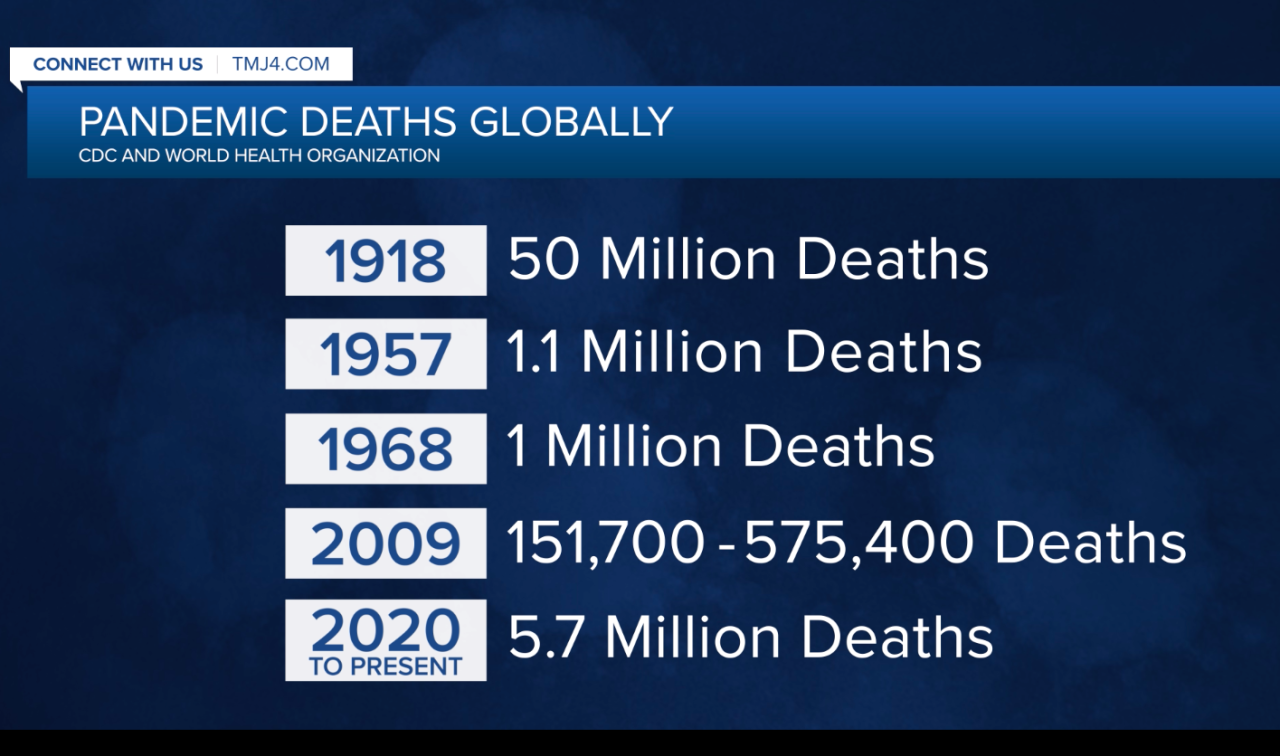MILWAUKEE — Wisconsin’s top doctor is among the health leaders predicting the COVID-19 pandemic could become an endemic by the end of the year.
Dr. Ryan Westergaard, the head of Wisconsin’s Department of Health Services (DHS), said we've reached a state of steady transmission as COVID-19 case numbers fall from the omicron variant surge.
“The phrase endemic, meaning we’ve reached a steady state of transmission, I think that’s likely to happen during this next year,” said Westergaard.
Even with case numbers falling, COVID numbers are still high. In Milwaukee at the Menomonee Valley COVID testing site, some people were coming in for a COVID-19 vaccine.

“I’m sick of it. It changed the entire world,” said Jermaine Robinson who got vaccinated.
Stacy Madsen brought her kids in for both vaccines and tests, which have become a regular occurrence in their household.
“It ran through our family a year ago in January, and that involved two more tests for everybody as everyone got sick. We’re actors so we are constantly having to be tested to be on stage,” said Madsen.
Dr. Westergaard warns spikes in COVID cases are still likely to happen, even if there is a transition to an endemic. However, other health leaders don’t know if COVID will ever move out of a pandemic, because of the likelihood of new variants popping up and the lack of people vaccinated.

The interim medical direction for infection prevention at UW Health, Dr. Dan Shirley, says although he is hopeful for an endemic, COVID-19 is still unpredictable.
“A lot of people are, and probably should be, gun shy about making predictions about the future as it relates to COVID, because it's really hard to predict. That's the main thing. With the chance of new variants or something like that, there's there's always a chance of new surges, which would kind of take it off of that track of endemic if you're talking about a new disease essentially with a new variant,” said Shirley.
In a little over 100 years, the country and the world has made it through four pandemics, according to the Centers for Disease Control.
1918-1919: Influenza pandemic (also known as Spanish Flu)
1957- 1959: H2N2 (also known as Asian Flu)
1963: H3N3 (now known as Influenza A)
2009-2010: H1N1 (also know as Swine Flu)

In each pandemic, hundreds of thousands of lives were lost. The deadliest, the Spanish Flu, killed 50 million people world wide, followed by COVID, which the World Health Organization says has killed more than 5.7 million globally. COVID-19 still continues to kill people.
“Even if it's endemic there's still a lot to be worried about, just because it could still have the potential to cause a big health problem. So, the word endemic doesn't necessarily mean minor and nothing to worry about is the point,” said Shirley.





